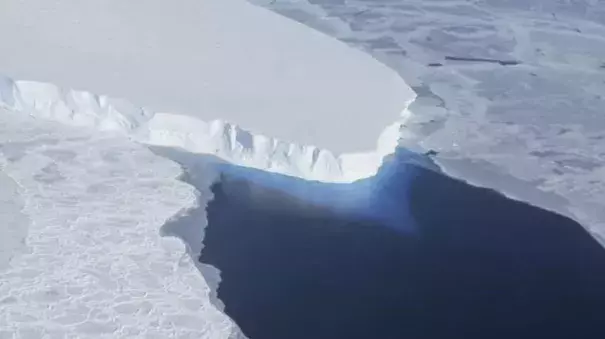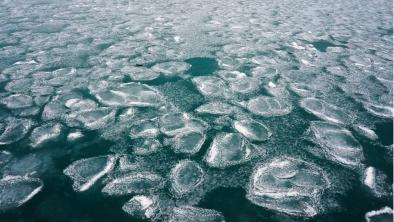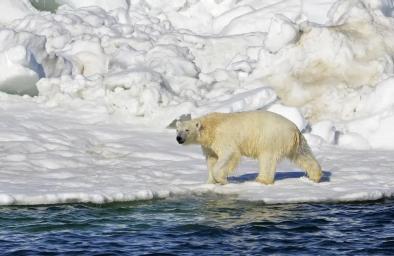Antarctic Sea Ice At Lowest Recorded Levels, Again; Thwaites Glacier's Weak Spots Getting Weaker

For the second year in a row there is less sea ice surrounding Antarctica than has ever been recorded before, scientists said Tuesday, and more is expected to be lost before the antarctic summer draws to a close. “This will not just be a ‘barely made it’ record, it is looking like it will be another substantial jump downward on top of last year’s record,” Ted Scambos, a sea ice and glaciers expert at UC-Boulder, told the Washington Post. That news comes as new data collected by pencil-like undersea robot show rapidly heating oceans are undercutting the Thwaites Glacier, leaving it more vulnerable to cracking and eventually accelerating global sea level rise. Known as the "doomsday glacier" the Thwaites Glacier holds sufficient water to cause multiple feet of sea level rise and is especially vulnerable because it rests on the seabed and can thus be melted from underneath. “The warm water is getting into the weak spots of the glacier, and kind of making everything worse,” lead researcher Britney Schmidt told the Washington Post. “It shouldn’t be like that,” Schmidt added. “That’s not what the system would look like if it wasn’t being forced by climate change.”
(Sea ice: Washington Post $, The Guardian; Thwaites Glacier: Washington Post $, New York Times $, AP, Reuters)
(Climate Signals background: Glacier and ice sheet melt, Sea level rise)
To receive climate stories like this in your inbox daily click here to sign up for the Hot News Newsletter from Climate Nexus:
Related Content





